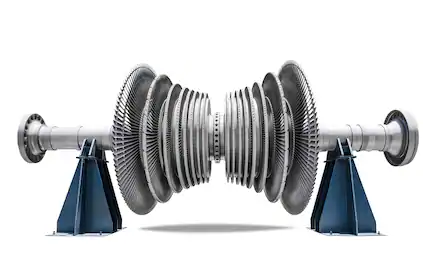The selection of the type of power plant with a power capacity is made after determining the consumer list and power plant operating mode (isolated / island mode or parallel with the electrical grid).
A power plant mode should be clarified at the project design stage as well.
An installation analysis of planned consumers for the newly constructed power facilities is carried out indicating all consumers of electric energy, types of loads, starting current and power demands.
This job needs to be done for all industrial and remote oil / gas deposit sites.
EPC contractor of a power generating equipment or project design company should coordinate operational mode with an owner of a power plant in advance.
A power supply reliability category should be defined for the consumers specifying the permissible temporary power supply interruptions data.
Such data are used to determine the standby generating capacity, for example when installing a desired backup diesel electrical power plant with an automatic circuit breaker. Such a diesel generator set should provide power to all first category consumers with disconnection of non-essential consumers.
In case of emergency all electrical consumers of a second category will be switched off according to the Russian Electrical Code (PUE).
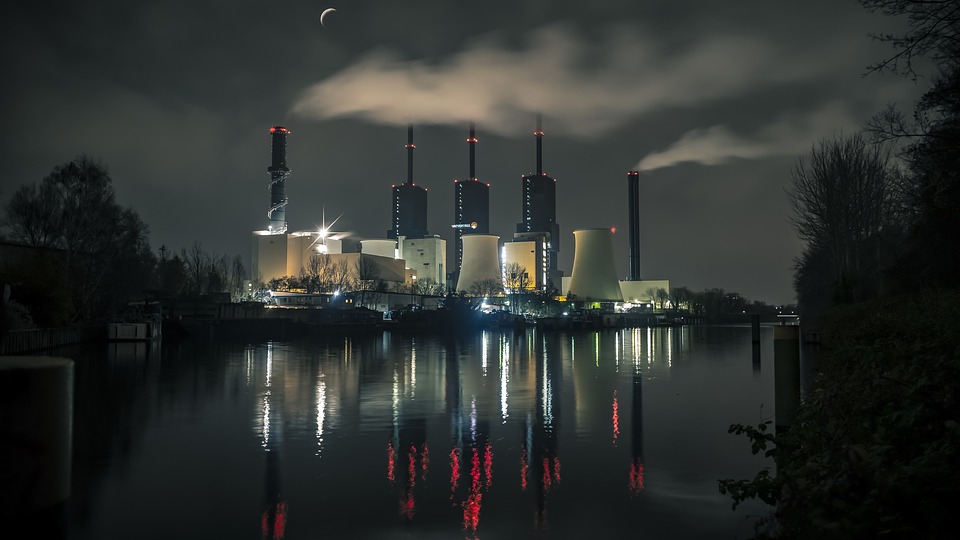
It is necessary to consider many factors when solving the power supply problem and the most significant of all is the total electrical demand of the load.
Another important factor is the presence or absence of power lines connections at the facility. There are normally no external power lines connections at remote sites such as oil fields. In such cases the next choice of the power supply system is determined by the total load and unit capacity of the largest consumer.
It should be taken into account that when large consumers are switched on in isolated electrical networks without a frequency-controlled start-up, the starting power must be covered by the working gas-piston or gas-turbine generator installations. At the same time, the load surge on one generator should not exceed 20%.
In situations where a single electric power consumer has a power load of more than 20% of the rated power of a gas piston engine or gas turbine, protection against shutdown by change in frequency and overall consumer reliability can be increased by installing a frequency-controlled drive.
The use of frequency-controlled drives is normally a very expensive measure for large power plants and is used at facilities that are in operation without other possibilities of limiting the starting power.
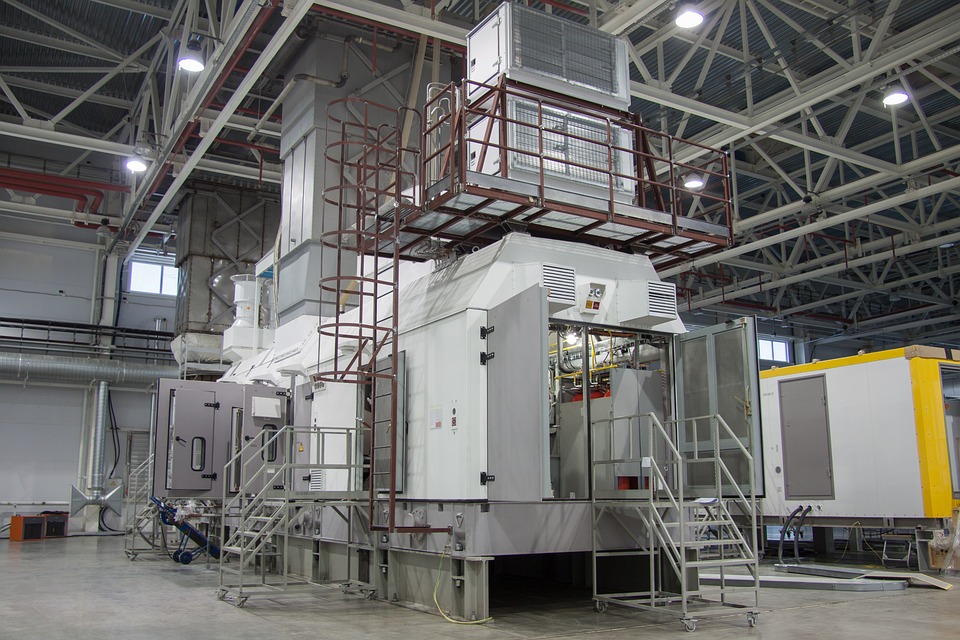
A significant frequency fluctuations of up to 5 Hz occur in isolated electrical systems when the load is switched on and off by more than 20% which can lead to shutdown of such consumers with integrated microprocessor protection and to mechanical overload of the gas piston engine or gas turbine.
Manufacturers of high-quality gas-piston engine and gas-turbine generator sets provide customers with schedules of permissible power surges for operation in isolated mode.
Diesel generators can take much more significant load surges than gas-piston engines. They are initially normally designed to power consumers in isolated electrical networks.
Immediate load increase of 50 per cent or more will not result in trip of generator breaker of a diesel genset.
Standby gas turbines and booster compressor units with a constantly running oil pump can be installed to start automatically. They supply furl gas to the operating gas turbine for the larger power facilities where power reservation with diesel generator sets is not possible.

In the event when the main gas booster compressor fails the standby unit is promptly put into operation. It is possible to keep the turbine running even when the standby compressor takes up to 1 minute to start, as far as there is a sufficient volume of gas in the pipeline on the gas compressor discharge line.
The problem of the gas pipeline volume on the discharge line is rarely considered at the design stage of a project. There is no possibility of reducing the load when the gas turbine is operating in an isolated mode. Therefore the insufficient volume of the gas pipeline in front of the gas turbine can lead to an emergency shutdown of the generator circuit breaker due to a drop in the inlet pressure in front of the gas turbine.
The individual power of the consumers does not play a significant role for industrial and energy facilities that can be connected to the electrical grid.
There will be no big fluctuations of gas pressure before turbine or gas engine because they can work with a stable power value.
The power capacity of the power plant for its own needs should be approximately equal to the power capacity of the base load.
Peak capacities will be covered from the electrical grid. In this way the maximum load of the power plant generating capacity will be achieved.
This will ensure the minimum possible payback period for the installed capacity of the power plant facility and achieve maximum savings from the difference between the cost of electrical energy produced and received from the electrical grid.
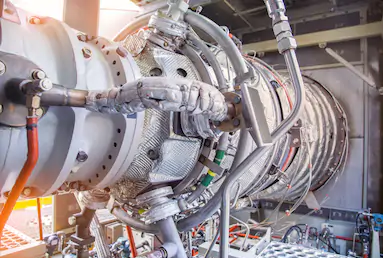
The selection of the type of generating equipment primarily depends on the total electrical load of the electrical facility. It is most recommended to choose gas-piston generator sets with a load of up to 10 MW. The use of gas turbine units with a capacity of less than 10 MW is impractical due to their low efficiency compared to gas-piston engines.
Gas engines more than 1 MW have efficiency around 38…40 per cent. 10 MW engine sometimes have efficiency around 48…50 per cent.
The power of serial gas piston engines normally does not exceed 10 MW. With the increase in power gas-piston engines sharply increases in size and weight. The unit power of the engine is 1 MW when the gas piston engine is placed in a standard 40-foot maximum factory container readiness, i.e. 2.4 m width, 3.0 m height container package with auxiliary equipment. This a typical power generation solution for the Russian market.
The 2 MW gas engine must be placed in a double-width container requiring installation work on the site. For example the mass of a 2-megawatt Caterpillar CG170-20 gas-piston generator set on a frame is about 18 tons. The mass of such a unit will be more than 30 tons when considering the mass of auxiliary equipment and heat recovery system.
Such heavy gensets can not be sometimes transported to a site without disassembling due to road restrictions. It is especially actual for remote oil/gas deposits where roads have considerable restrictions for transportation of heavy cargo.
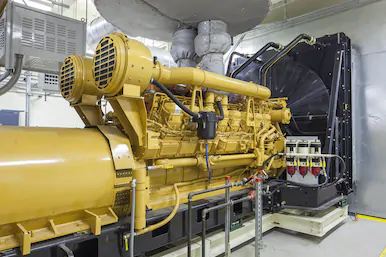
It is necessary to keep in mind that repair and overhaul procedures are usually very expensive for gas engines and gas tuebines.
In situations where remote heat and power supply project facilities are being implemented such as oil fields the use of gas turbine units may be more appropriate in terms of mass and size characteristics despite a lower efficiency factor for power capacities below 10 MW.
These may be the only solution for the electrical power and heat supply for such facilities due to their low weight and compactness.
To reduce the risk of detonation in the cylinders due to the use of associated petroleum gas as fuel gas piston engines use a reduction in rated power (derating) which reaches 35% of the rated power when operating on heavy hydrocarbon gases.
The share of associated petroleum gas (APG) as a fuel will gradually increase due to the increase in penalties for burning associated petroleum gas in the oil industry. The main requirement for the burning of associated petroleum gas for power generation is the need to maintain the gas temperature at 10…15 °C above the dew point temperature.
Gas turbines generally run on associated petroleum gas more steadily than gas-piston engines.
It should be taken into account that when developing projects for the construction of power plants for their own power supply needs, the gas-piston installations don’t require a high inlet gas pressure while gas turbines should be at least 1.2 MPa depending on the power of the gas turbine.
It is necessary in this regard to use booster compressor units for gas turbine generator sets. For example the screw compressor type as the most cost-effective way to increase gas pressure. The gas must have a normalized value of the residual oil content on the discharge line for supply to the gas turbine if there is an oil lubrication system for the booster compressor.

Modern gas turbines up to 40 MW can accept 0,5…1,0 ppm of residual oil content.
Gas turbines have a very wide range of unit power from around 4 up to 560 MW. Gas turbine installations have a high efficiency of about 38-40% with a power capacity of 40 MW and higher.
Russian manufacturers of gas turbines however do not have their own developed unit capacities of more than 25 MW. This significantly limits the use of Russian manufactured gas turbines with a total capacity of more than 150 MW.
It is necessary to use cogeneration when constructing gas-piston and gas-turbine power plants. For example in the combined heat and electrical power production by using the heat from the exhaust gases and the cooling systems. At the same time it helps to achieve significant fuel savings in the production of thermal energy.
If an industrial facility requires the use of low pressure steam for the production technology the exhaust gas heat exchanger of the gas turbine can be used as a steam or water boiler with subsequent reheating of water and its evaporation in the steam boiler.
Steam turbine installations are used at the facility when the steam production is high. Such industrial enterprises normally in advance have steam turbine units in their structure and only require existing units upgrade.
Efficiency of a large steam turbine set can be around 40 per cent. The biggest steam turbines have capacity of a single unit up to 1800 MW.
It is advisable to consider the use of combined-cycle gas installations when designing a power plant capacity with more than 150 MW rated power and located in settlement areas.
Maximum capacity of combined cycle power plant can be up to 700 MW for a single block. Its efficiency can be up to 55 per cent. The efficiency of the combined cycle units is over 50%.
